In Caravan SandWitch, you will meet Sauge, who left their home planet of Cigalo many years ago. But when they receive a distress signal from their sister, who has been missing for six years, Sauge returns to Cigalo to find out if their sister is still alive and, along the way, find more than they bargained for.
When you start Caravan SandWitch, you’ll be instantly struck by the game’s uniquely attractive visuals. I can’t quite put my finger on what it is about them, but I found myself constantly admiring the direction the French developers, Plane Toast, went. I am excited just talking about them, as everything is dripping with detail; just seeing a house or a tree re-created in these visuals is pure joy. I can’t tell you how much I love the artistic style that was chosen; it brought everything to life on the desert planet of Cigalo, and it helped to capture a unique atmosphere that lasted throughout my playthrough. I was captured by the visuals so much that I think half my playtime was taken up by taking screenshots, and I think this is the most I’ve ever taken for a game, which says a lot.
The designs of everything on Cigalo are masterfully created, from the main town down to the many scattered ruins, with everything oozing originality. I felt like I really was exploring a new world that didn’t rely on previous sci-fi influences to visualise it; instead, Plane Toast has gone out of their way to create something beautiful, distinctive, and a real pleasure to just be in. Although this planet is mainly a desert, the landscape was still very busy, with always something on the horizon to drive to, machinery from the Consortium (a previous dictatorship) scattered about the place, forests, and much more keeping the world alive. This was true with the character models too, with yet again, interesting and likeable designs that really shine in the game’s visuals.
All of this just made me want to explore everything and everywhere. I was investigating every corner to see what I could find, clearing every side task, excited to start the next part of the main story, and none of it felt like a chore. It helped that the main arc of the game takes you on a journey through some interesting plot points, with some unexpected turns. It’s not all about Sauge’s missing sister, with more deeper elements involved than I was expecting, and it held my interest throughout. One of these plot points is taken up by Sauge reconnecting with their old friends and family who they haven’t seen for some time. The writing in these instances was done to a great standard, and I ended up feeling happy for Sauge that this side of their return was happening, especially when reconnecting with their dad. The writing in general was very good throughout the game, though when the standard did slip in places, it was easy enough to forgive.
At the start of the game, you are given the keys to a van, which becomes your main transversal tool. The semi-open world is vast enough for you to need the van to get about, and it’s mostly a fun time driving it. With the version of the game I played, nothing could be knocked down, like wooden signposts, or mushrooms, so I found I was colliding with things on a regular basis; things that I would have expected to have been crumpled under the weight of the van just completely stopped me in my tracks. In some instances, I managed to get stuck in between two rocks and couldn’t get out. This meant using the handy return to the garage feature that pops up onscreen when the game detects that you maybe in a situation, one press of the X button and I was freed. This problem is unavoidable; the developers will never be able to predict everything players will manage to do, but a respawn option would have been welcome in this instance instead of having to go all the way back to the garage. All in all, though the handling was great and I loved the inclusion of the boost button, which I didn’t use much as I was too busy enjoying looking at the world around me.
The van isn’t just a transversal tool though, as it plays a much more important role in the gameplay than I was expecting. At certain points of the game, you can upgrade the van with new tools that will allow you to access previously inaccessible areas and paths. Your first upgrade is an antenna, which you can use to scan the environment to locate machines jamming a network that you need to take down. Further upgrades to the antenna will give you the option to hack computers, which, when hacked, will give you access to use certain switches and floor panels. Other upgrades include a grapple gun, which you can use to yank certain doors of its hinges, and when you get the motorised pulley, you can create zip wires with it. The van’s weight is also used to good effect by pressing down on certain floor panels, which will open doors to new areas. Although some of these upgrades in their basic forms are not entirely original, what I loved about them were their uses. Some great thought had gone into how to make these tools more innovative in their practicalities, and it really paid off by giving them a uniqueness that is exclusive to the game, and it’s another ingredient in what makes Caravan SandWitch such a remarkable game.
Creating these upgrades comes from recycling components, which are found on leftover Consortium machines and technology. There are four types to find, ranging from common through to ultra rare, and you can start the upgrade process once you’ve found the right amount of components needed for that particular upgrade. There was never a doubt in my mind that I wouldn’t find enough, as they were all over the place, and I was grateful, as it would have really dampened the adventure if it turned into a grind, but thankfully this never was the case. The other way to receive components is by completing the main quest missions and side tasks. These range from simple fetch quests to a multi-layered story arc that will last through to the end of the game. There are a few tasks that were very original that I really enjoyed, and in fact, there wasn’t one that I rolled my eyes or sighed at, which was very refreshing.
During my time driving the van, there was a feature I used constantly, and it’s one that all open-world games that involve vehicles need to take, which is its van return feature. No matter where you are in the game, one press of a button will return you to your van in an instant. It is such a small inclusion, but what a game changer. No wasted time running back to the van when you’ve explored too far, at the top of a high building? No problem; one quick press and you’re back in the van. I loved this so much, and it encouraged me to explore more knowing that I didn’t have to waste time returning to the van. It was also not a problem if you had pressed the button by accident, as it includes a time period where you can cancel it, which came in handy quite a bit thanks to my fat thumbs! I won’t be able to play an open-world game in the same way ever again now, and I’ll be disappointed when future games in this genre don’t implement this feature.
I’ve mentioned the ruins a few times already, but these held some of the more fun elements of the game. These ruins, again from the Consortium days, had many purposes back then, but now just stand and rust, holding many secrets, components, and other treasure for you to find. Each building is expertly designed, with elements to them that were fun to interact with, especially with the upgrades from the van. Each one was engrossing to explore; I was wondering what I would find around every corner, and coming back to them later on with the upgrade I needed to gain access to a new section was very satisfying. The detail that was added in the creation of these ruins was amazing, with exposed girders, sharp drops where concrete had broken and fallen off, and in some instances, shipping crates that had been stacked up high that acted as platforms that Sauge could use to climb to the higher areas of that particular building. Each had a story to tell and held small but intriguing inclusions that told information on the previous Consortium inhabitants.
Of course, exploring these ruins and the world in general needs a decent map, and Caravan SandWitch happily obliged. Everything you would need is present, including pins, locations, and points of interest automatically added when you’ve come close to them. The HUD shows a very useful mini map too that shows enough information that you’re not constantly flicking to the main map and back to the game. The map itself is part of what is called your Toaster. This device not only shows your map but also your inventory, and it lists all your main and side tasks that need completing. It also features a WhatsApp-style instant messenger, which all the characters use to interact with Sauge, sending messages with important (and sometimes not important) information.
I am sure you’ve gathered by now that I enjoyed this game immensely, but there was one ingredient that truly blew me over, and that was the music. I was taken aback by the direction that Plane Toast took with the soundtrack, but it worked so well. I’m struggling to form the words to describe it, but it was kind of like this laid-back, soothing music with harmonies added in in places, and the impact it made was just stunning. I loved every part of the soundtrack, and it gave the game this unique aura that I’ve not felt before. It’s incredible, and certainly one of my favourites of the year.
No game is perfect though, and there were a few problems that did come my way. The camera was an issue in places, mostly during driving, automatically doing a sharp pan that would throw me in the opposite direction that I was going in. I changed the option to “manual” for the camera, which did make a slight difference, but it still happened every now and then. There are also a few instances of platforming in the game, and I struggled here as you need to be very precise with your jumps. It took me way too long to complete these sections, as I kept failing over and over until I had hit that sweet spot, which was mostly by accident.
I experienced a few other issues in my playthrough, which I did contact the developers about, and thankfully one of those problems was fixed a few days later. I want to be as transparent as possible by saying I played this three weeks before it was released, and I know a day one patch is planned, so I am hoping that the rest of the issues I experienced will have all been ironed out by launch. Otherwise, Caravan SandWitch ran very well on my Steam Deck, and I am excited to see the improvements when they come.
You will likely fall heavily in love with this wonderful game straight from the start, and it will be a challenge to drag yourself away. I greatly appreciated its sublime presentation and the thought and time that you can see that went into the gameplay and mechanics. The story will keep you hooked, especially through the couple of twists that it takes, and you will leave wanting more. Caravan SandWitch is a special game, and in this year of exceptional indie releases, it is right up there with the best of them. Go buy the game, play it, and envelope yourself in Cigalo; it’s cast of wonderful characters, it’s mellow, tastic music, and it’s feel-good gameplay, which is exactly what I intend to do during my many planned revisits to Caravan SandWitch over the coming years.
Release Date: September 12th, 2024
Platforms: Nintendo Switch, PC & PS5
Price: £24.99
Version Tested: PC
Many thanks to the publisher for the review copy.
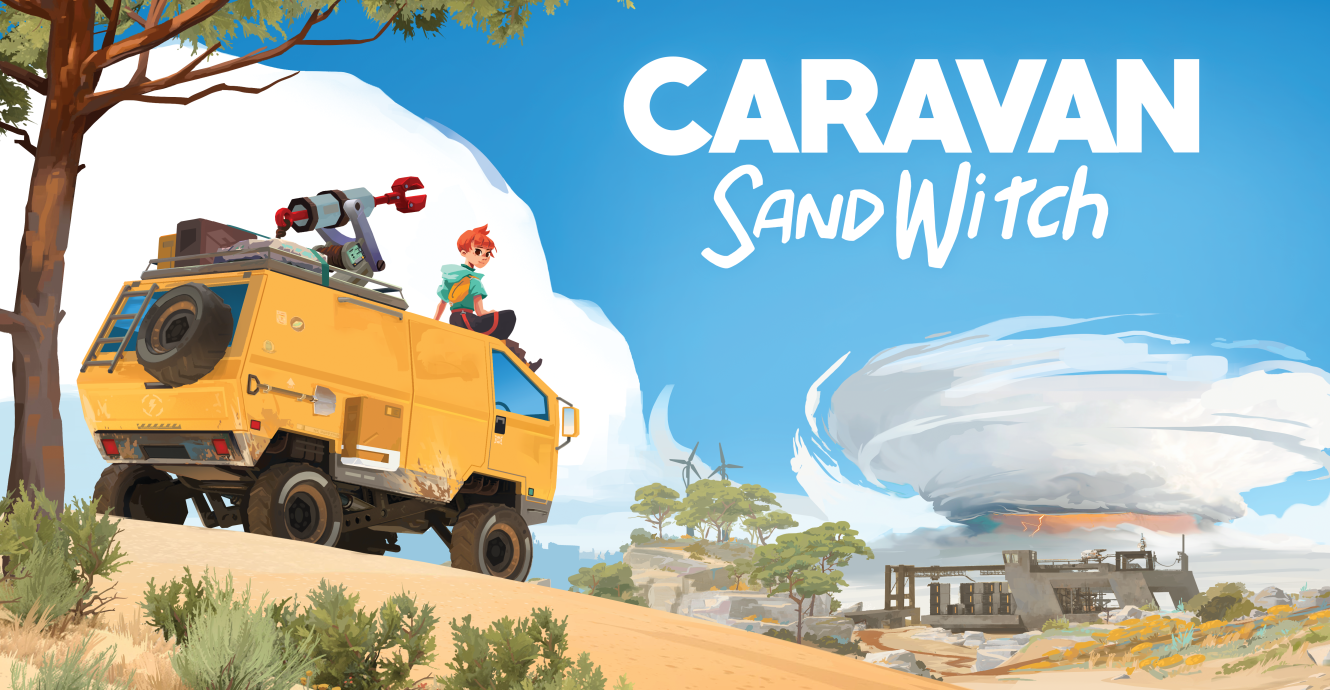
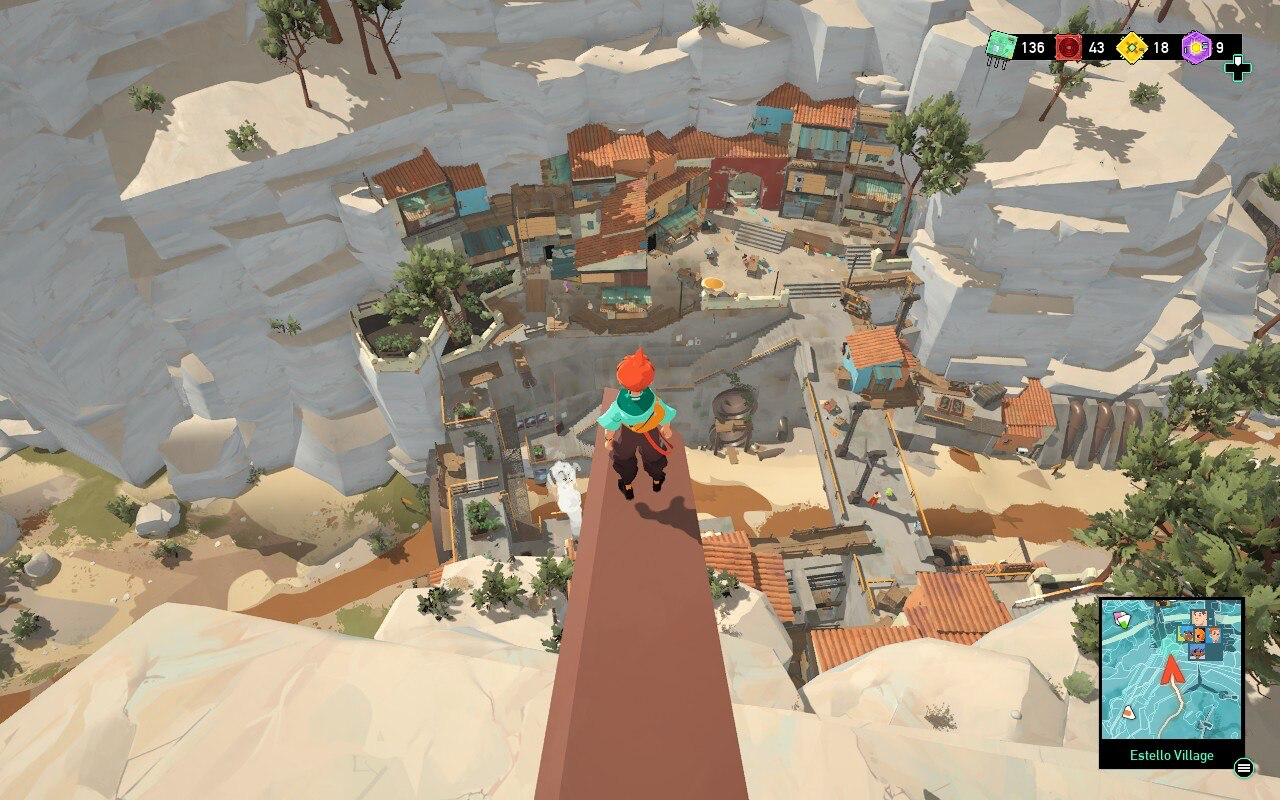
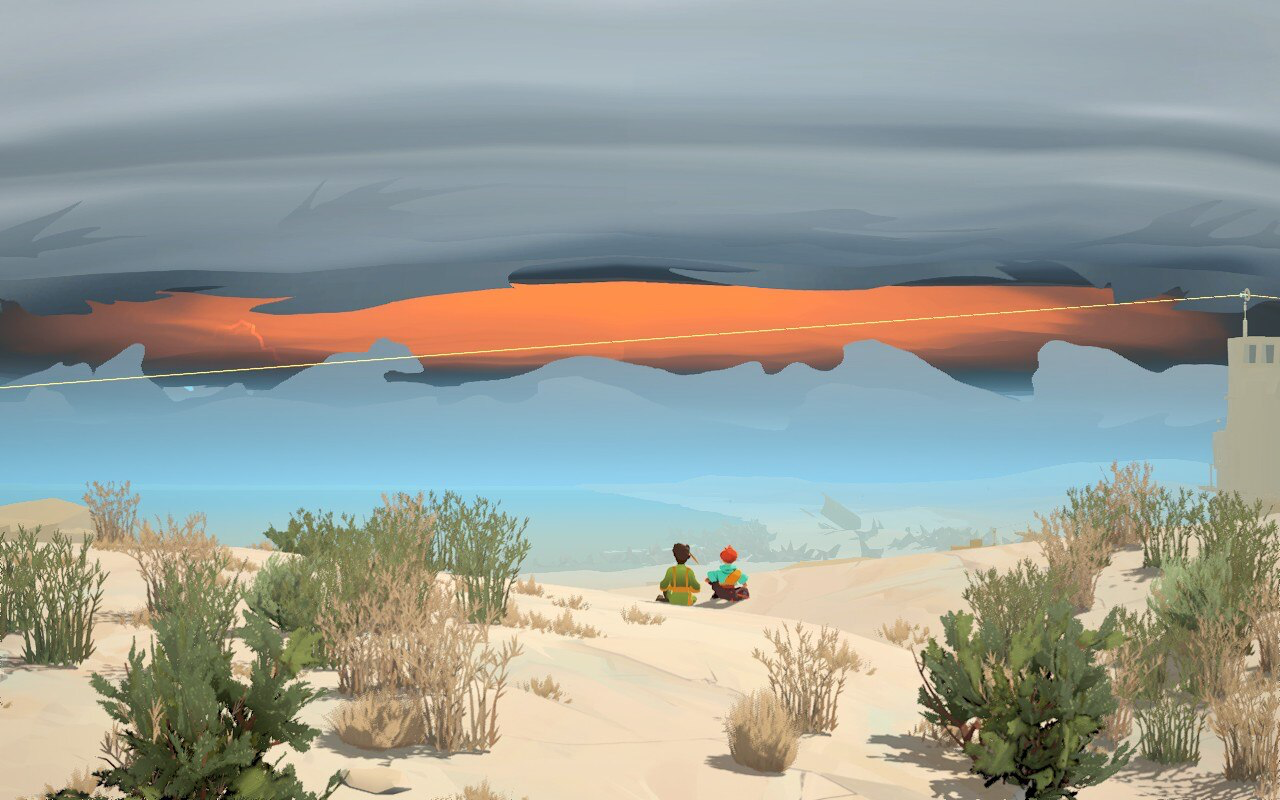
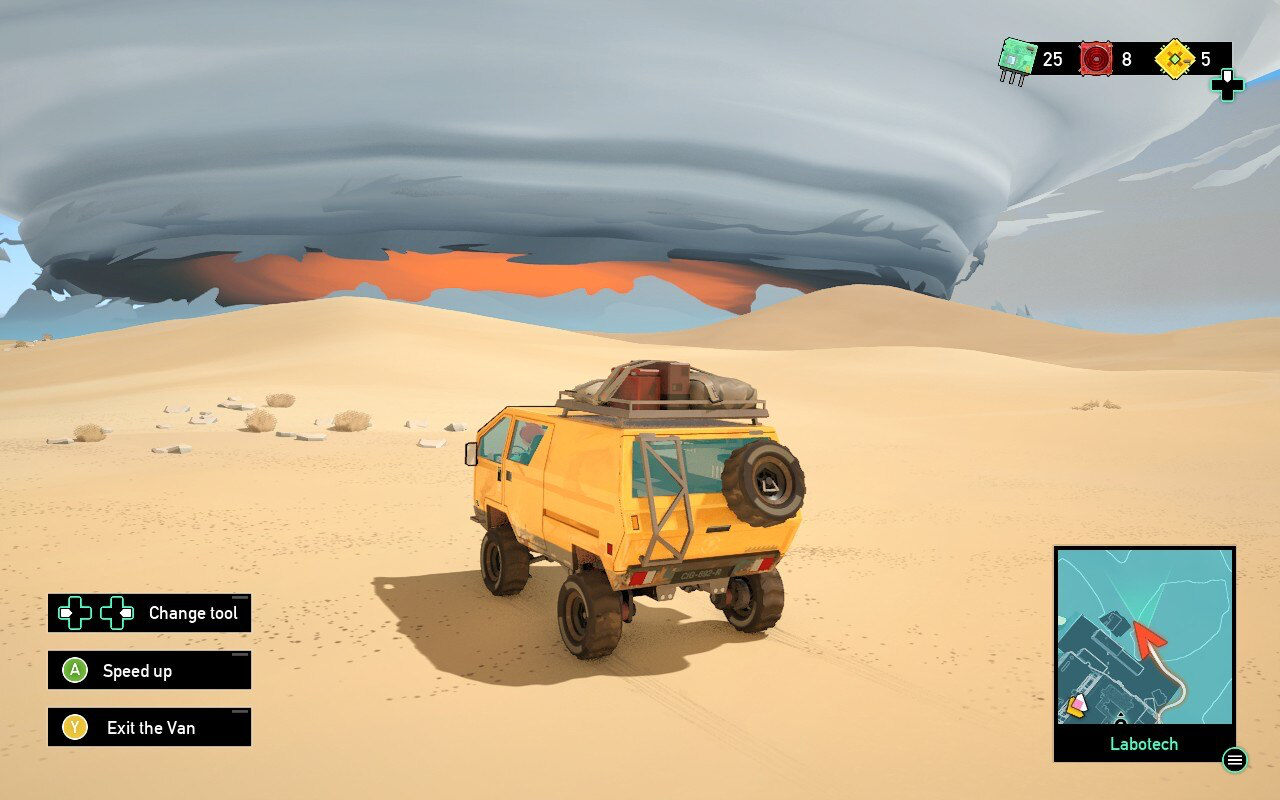
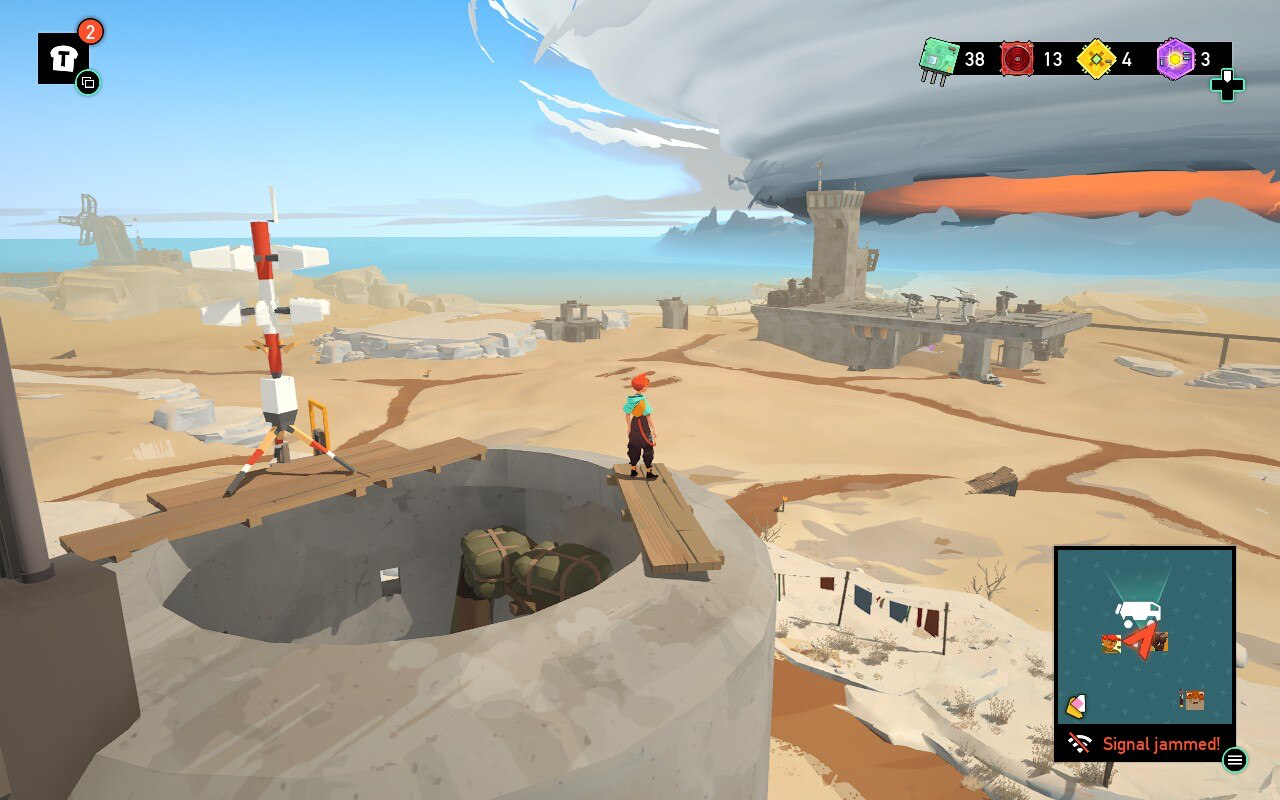
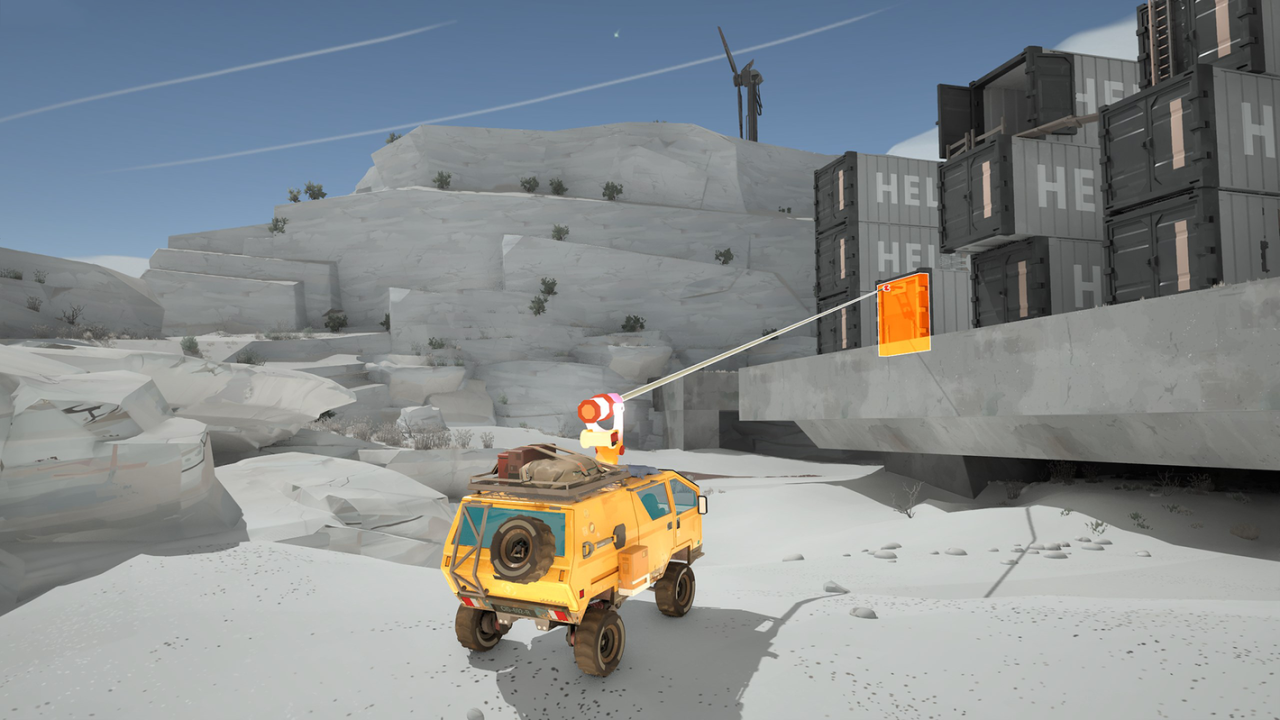
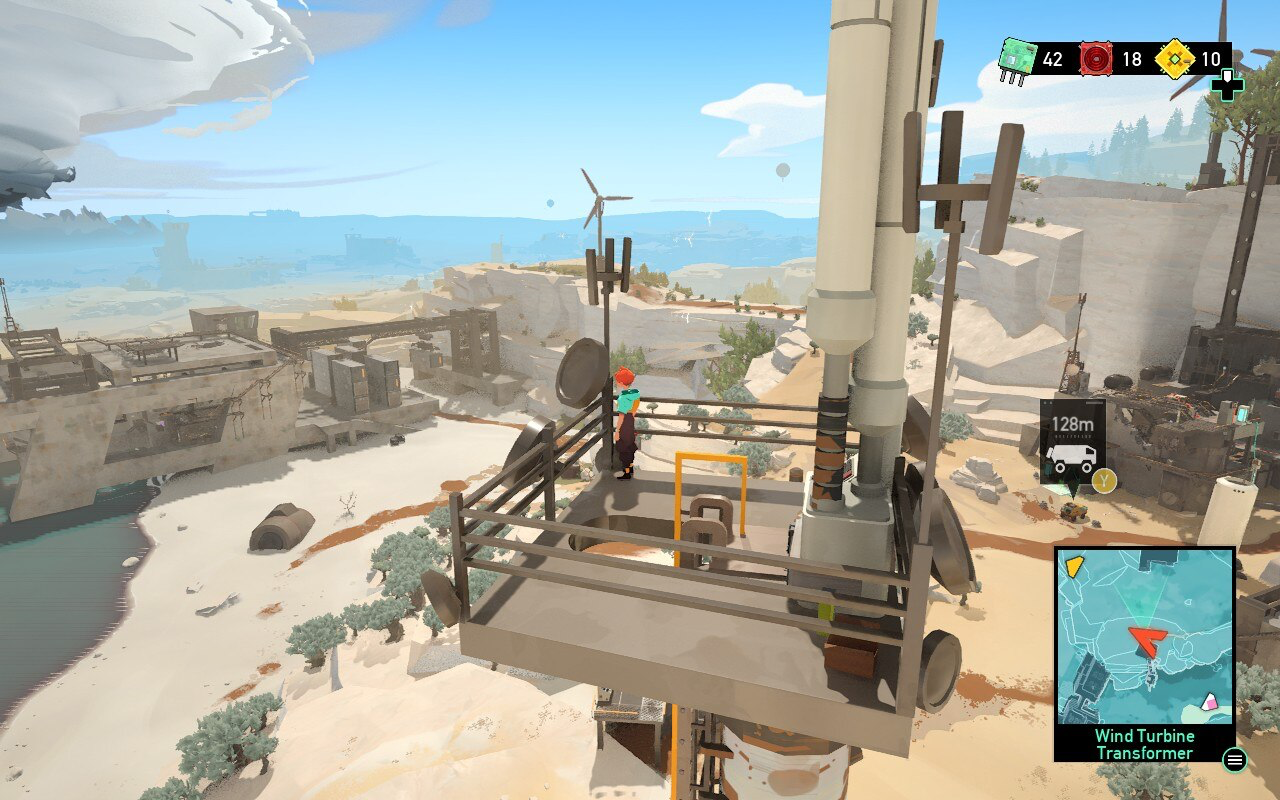
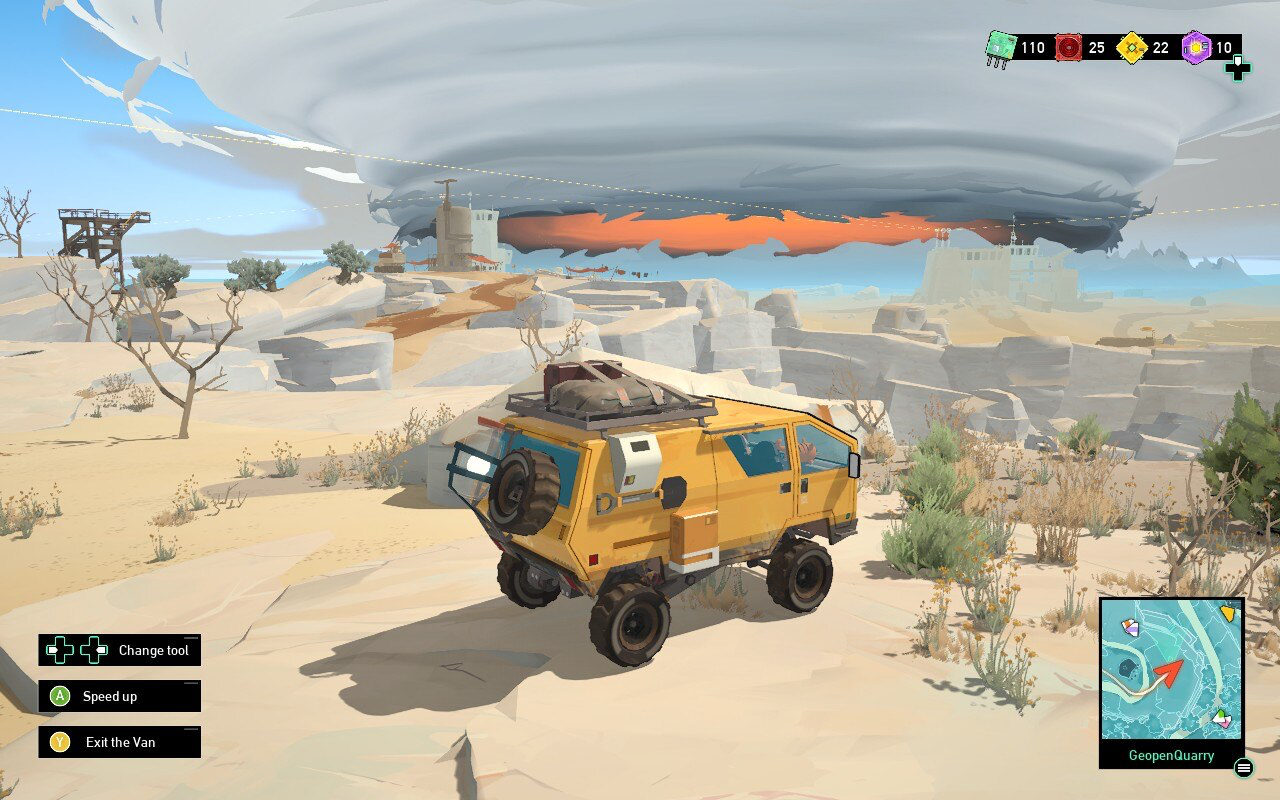
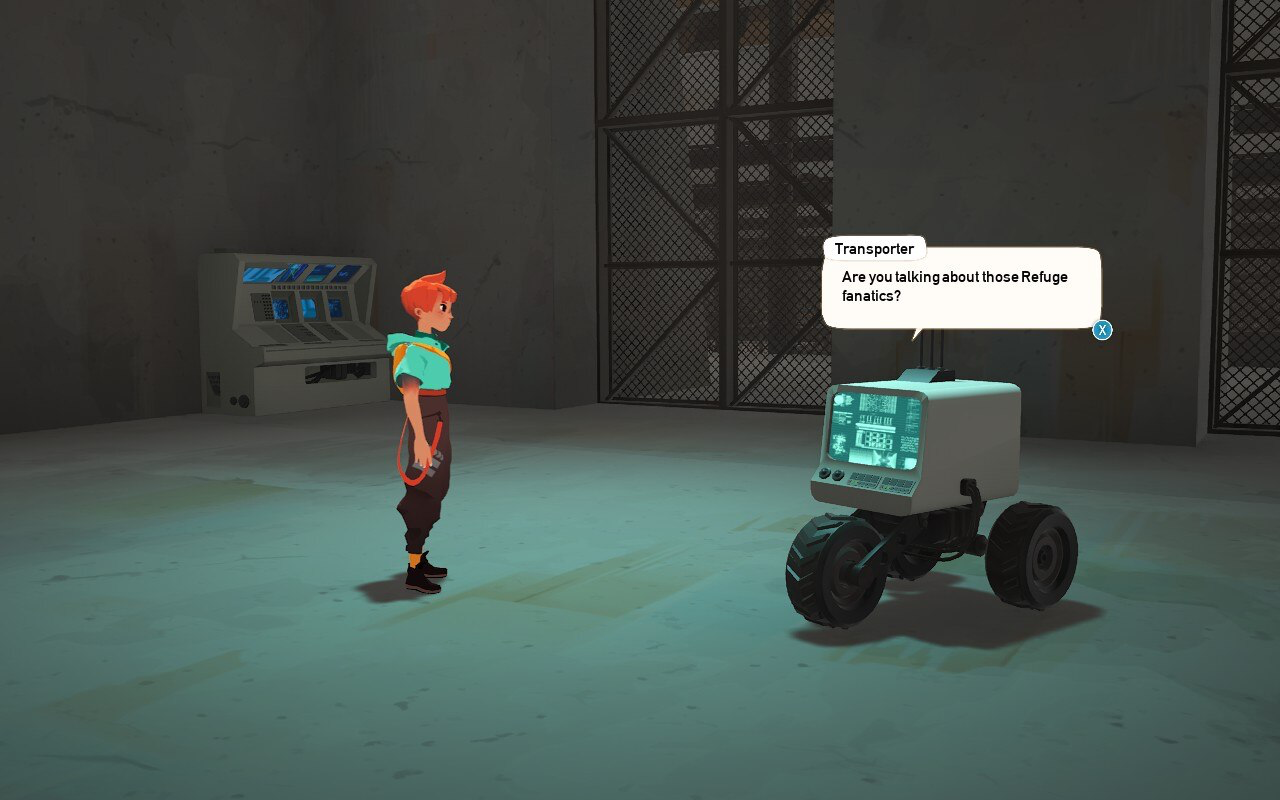
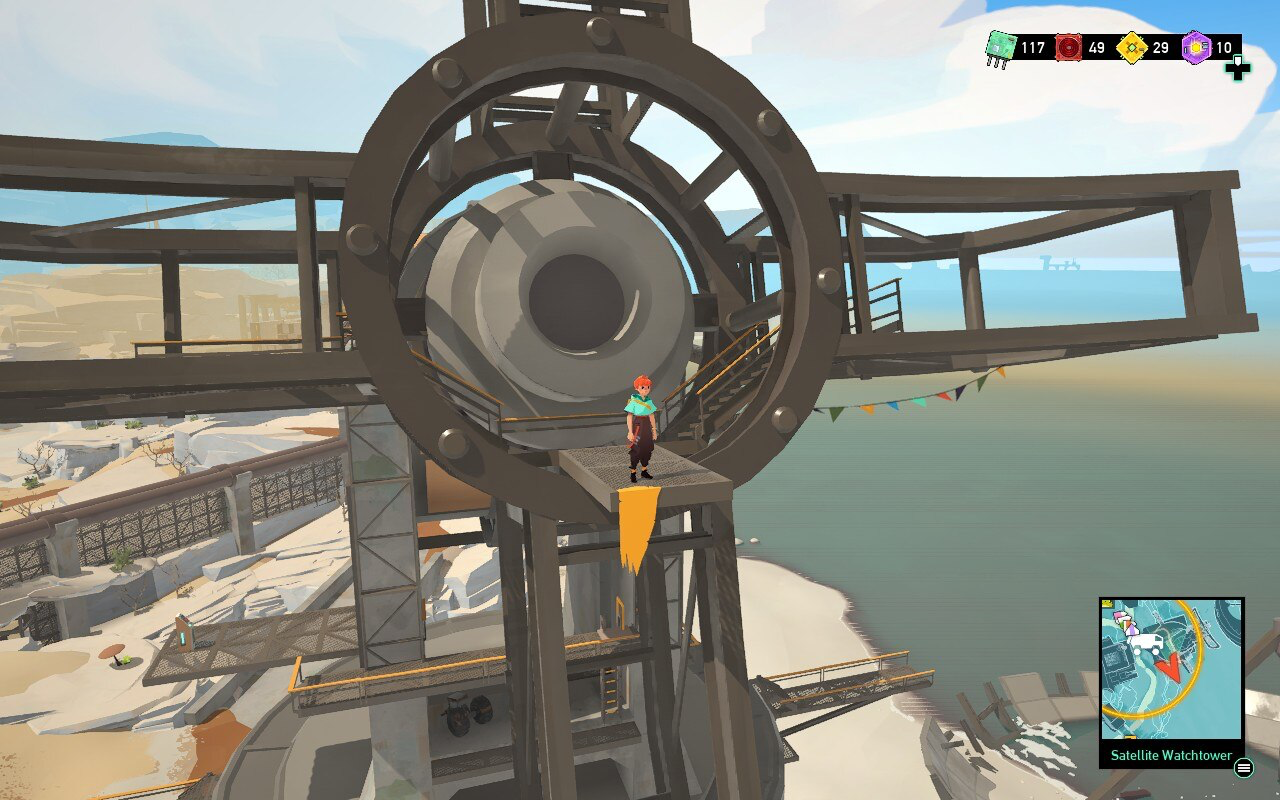
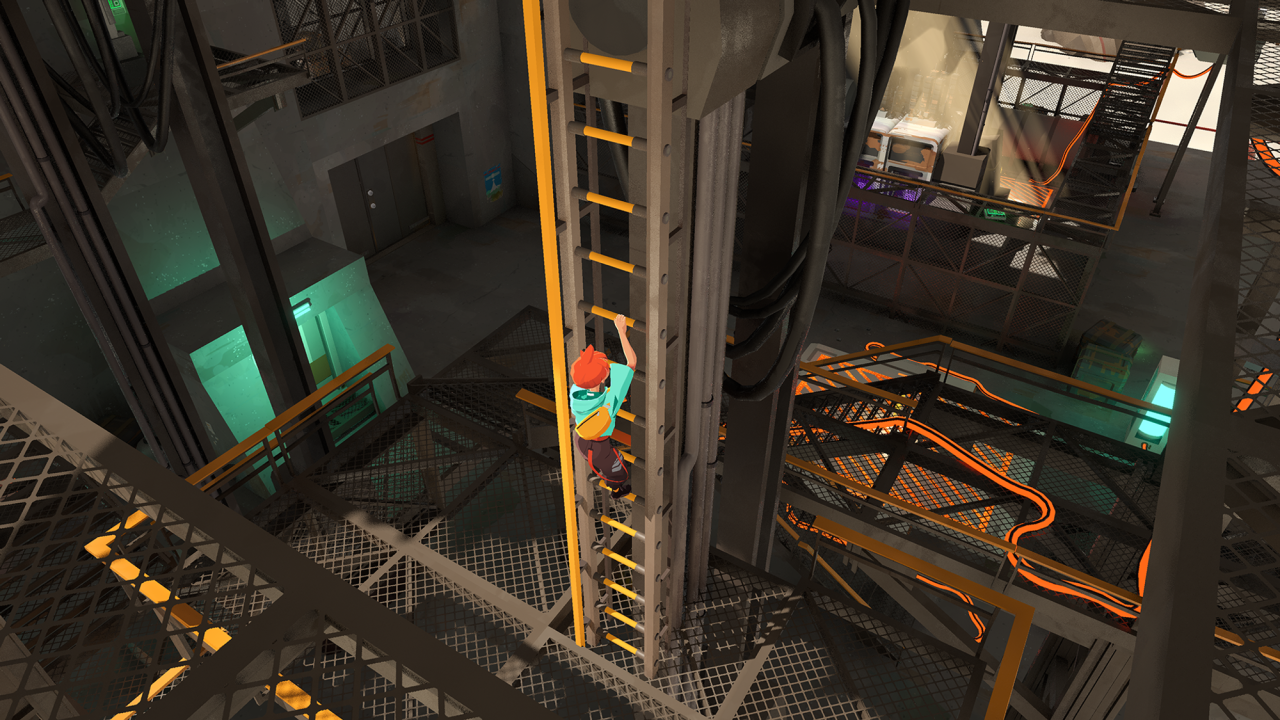
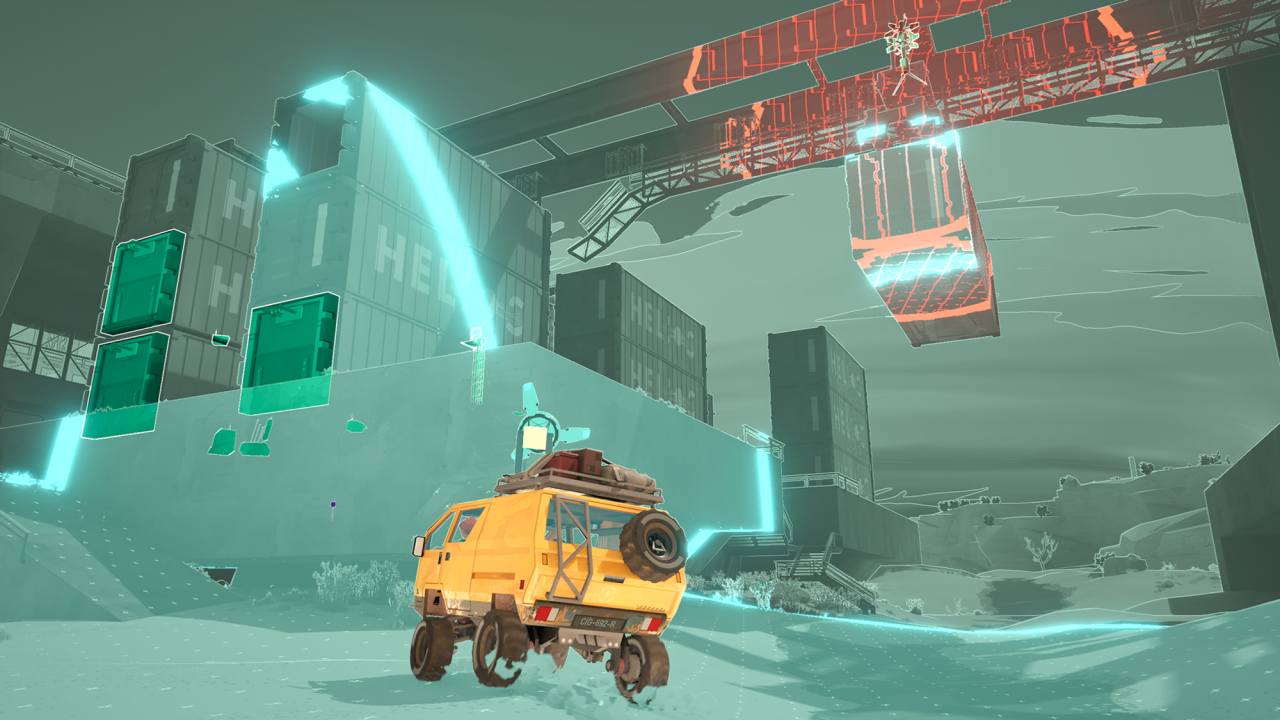
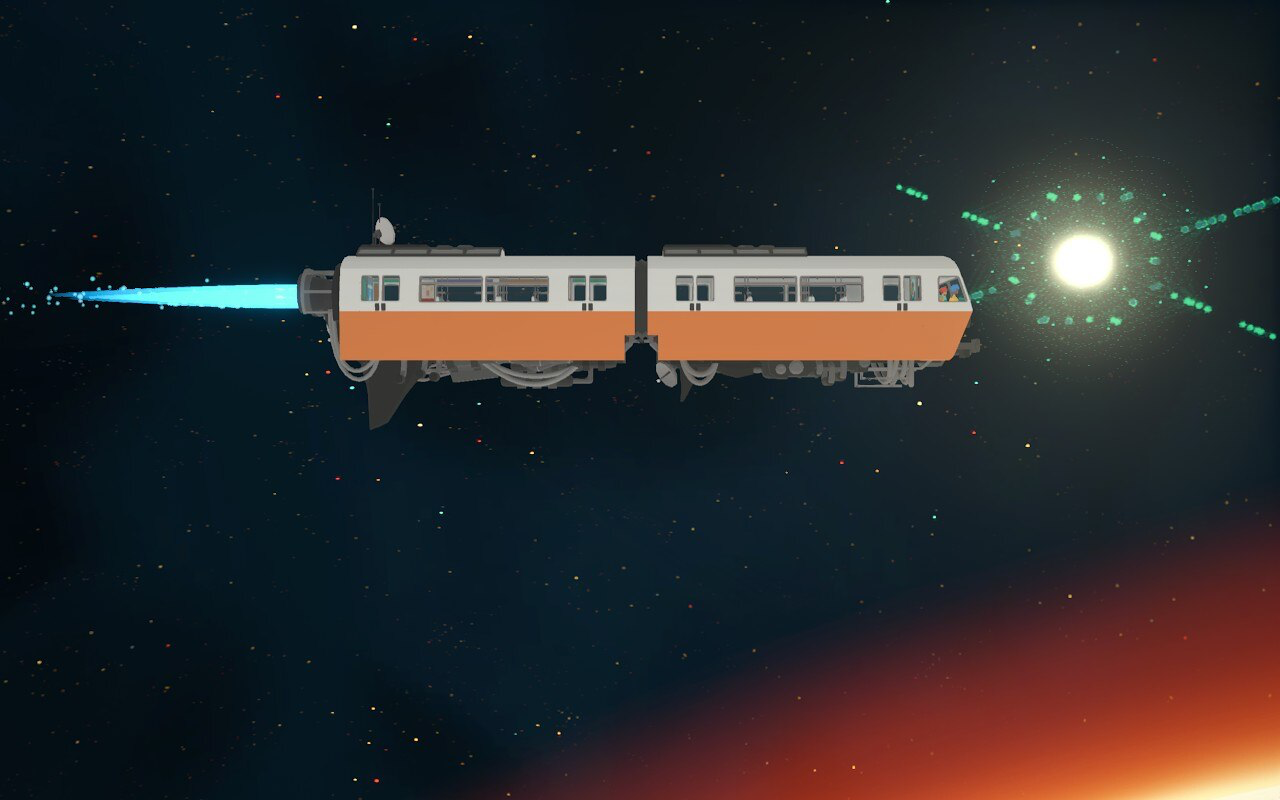
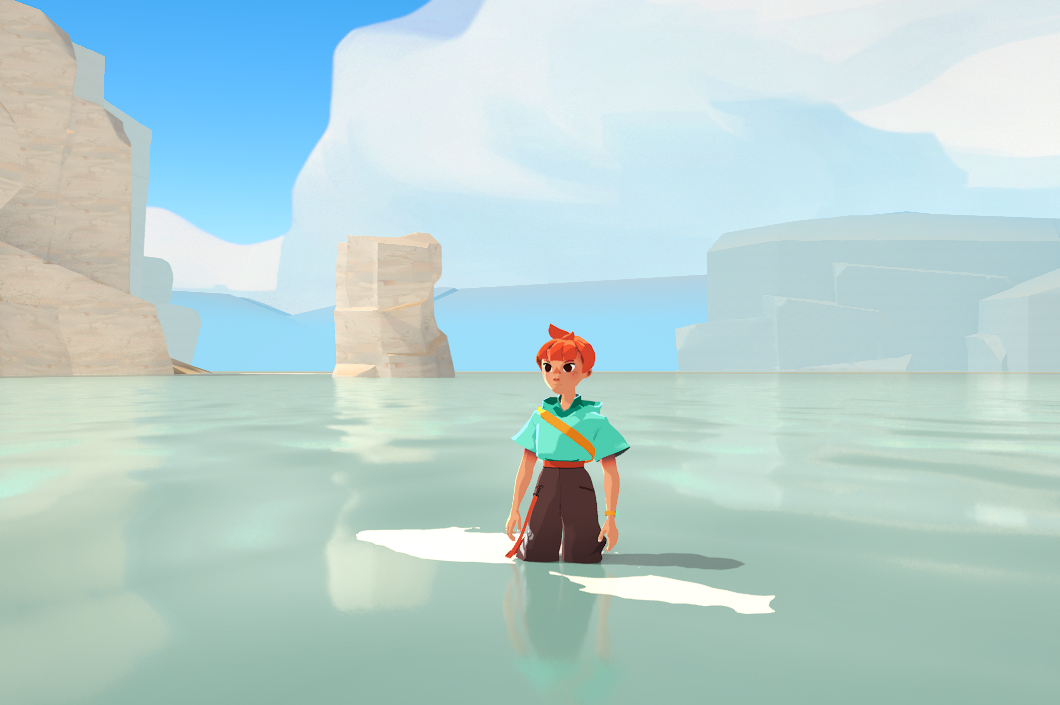
Comments
⚠️ Comments for this post are closed ⚠️